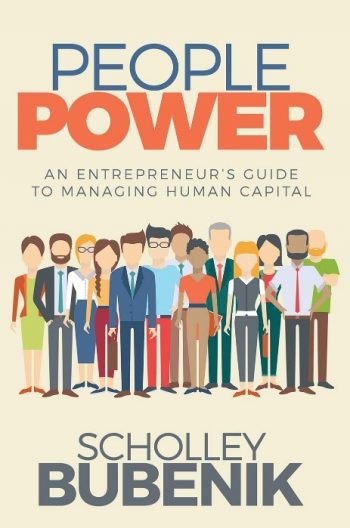I am asked from time to time what ONE THING I would fix in an organization regarding people, if I could only fix one. Truth is, it’s hard to narrow it down to just one, because every step in the process is critical. Hiring, onboarding getting the compensation right, culture, all are vitally important to building a great organization. But perhaps the most critical thing is making sure that whoever you hire is a great fit for the role that you are asking them to play. Almost everything gets easier if you can get that right.
For many years The Gallup Organization has asked a simple yes/no question when doing employee engagement surveys. That question is this: At work, I get to do what I do best every day. Only one person in five answers yes to this questions when it is in this form. Recently, Gallup changed it to a 1-5 answer with 5 being totally agree and 1 being totally disagree. Even with that change half of us, by our own admission, are not in a role that best suits our talents, strengths and aspirations.
There are many reasons for why this is so, but let’s take a look at three of those:
Managers need people- Let’s face it. The job has to get done and managers need people to do it. It reflects poorly on them if the task is unfinished. Better to have someone than no one at all. And, if you carefully watch a person and they struggle at what they do, there’s a decision to make. Do you sit them down and help them figure out where in your organization (or another one somewhere down the road) they might be a better fit? That takes courage on the part of the leader, doesn’t it? He or she has to put aside for the short term what is needed to get the work done and focus on helping their employee soar with their strengths.
It also takes patience to wait and fill a role with just the right fit. In today’s booming economy that has more available jobs than workers to fill them, this is an even greater challenge. The pool of qualified candidates is probably smaller to start with. And, by limiting it even more, you are setting up the eye of the needle that very few are going to be able to get through. It’s a dilemma, no doubt.
But make no mistake. The upside of a brave manager stepping out and doing what’s best for the employee is huge. Waiting for an A plus fit for the role means that the work will be better in the long run. At the end of the day it’s a win-win for both your employee and the organization, but definitely not an easy decision in the short term.
People are comfortable with the devil they know- Sometimes it’s easier to stick with the devil you know. At least there’s a paycheck that you can count on every two weeks, right? And anyway, most people don’t know themselves well enough to figure out what role would be best for them. It takes a proactive effort, but the good news is there are a lot of terrific assessment tools out there that will go a long way toward painting a true picture that will give strong hints about where you can shine and do world class work. One such tool I like to use is StrengthsFinder 2.0 from Gallup and Tom Rath. I purchase a copy of this book for each of my employees. The book includes an access code to the online assessment, StrengthsFinder. After employees take the assessment, they receive a description of their top strengths and how to maximize their top talents. The book is loaded with hundreds of strategies for how to apply these strengths as an individual and as a manager.
If you are a manager, think strongly about making some of these tools available to your people. The results will help you know them better and hopefully help you to better manage them. No two people are alike, and guessing about what motivates them or what their innate talents are is a recipe for failure. Get to know your people. Help them get to know themselves. They’ll thank you!

Let’s use a sports example. An average golfer with average hand eye coordination can take lessons his whole life and still be average, at best. But when Tiger Woods takes that same training he becomes Tiger Woods. Why? Because he was equipped from birth with a knack for golf and thankfully he discovered it.
The late Don Clifton, the inventor of the Clifton StrengthsFinder, famously said this: “Every single person on the planet can do at least one thing better than ten thousand other people.” If that’s true, then every one of us can be Tiger Woods at our jobs. And the people we manage can as well.
Help your people find their ONE THING. If you do, they and your organization will be exponentially better off for it.
Find a Home-Based Business to Start-Up >>> Hundreds of Business Listings.

















































